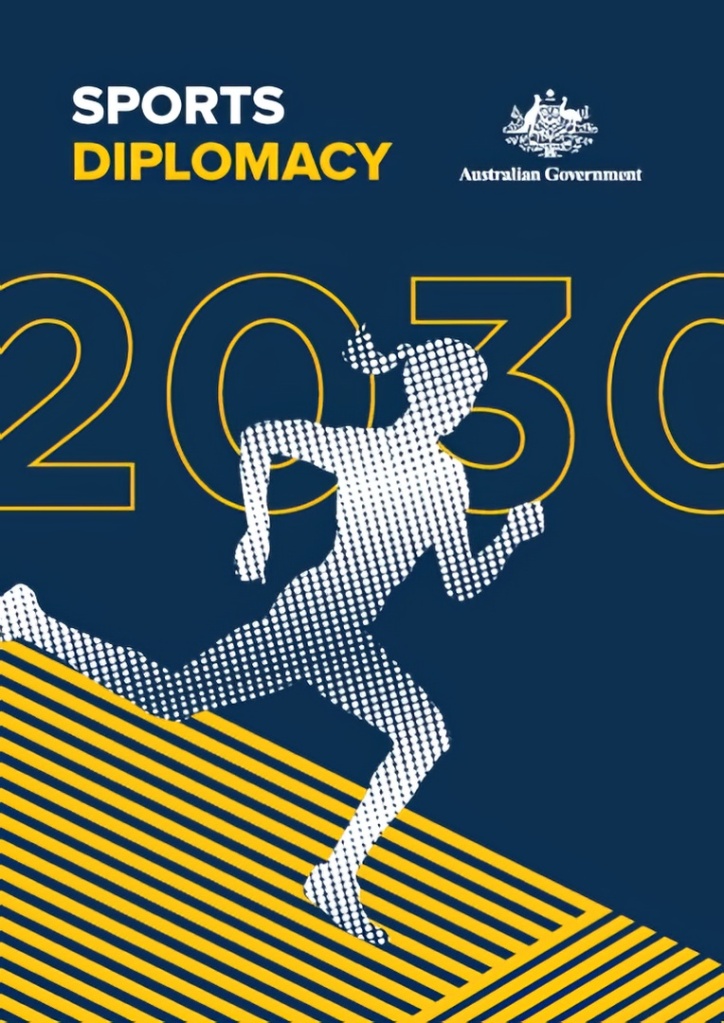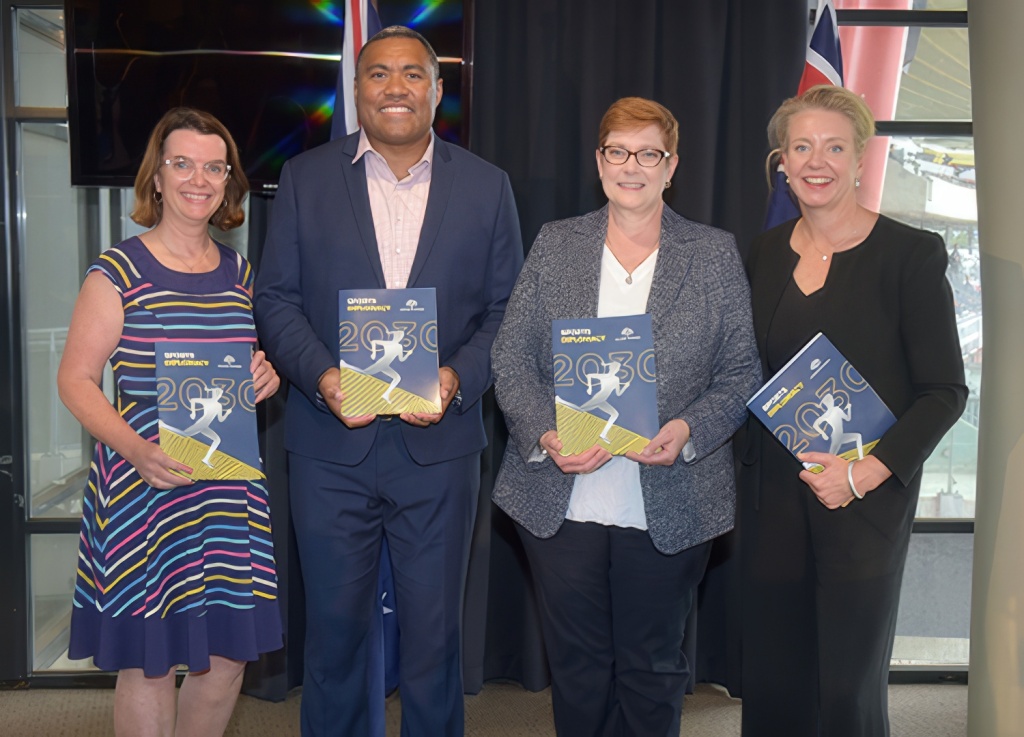
By Barry Healy
As part of a foreign policy initiative begun in 2019, the Albanese government is continuing to weaponise sport as part of its anti-China manoeuvrings in the Indo-Pacific. This policy setting is unchanged since it was first announced by Liberal Party ministers, Marise Payne and Bridget McKenzie.
The objective is to use emotional bonds associated with sport to obscure the dangerous war drive that Australia is engaged in with China, a war drive that threatens to engulf the entire region. Indeed, Australia has become “famous” for its manipulative use of sports for diplomatic ends.
ARL $600 million deal
On May 17 the Australian Rugby League (ARL) met the minister for the Pacific, Pat Conroy, to hammer out a funding deal underwriting the ARL’s expansion into Papua New Guinea. A Port Moresby team will enter the competition in 2027.
ARL Commission chair Peter V’landys made fierce statements before negotiating with Conroy to get the government to increase its largesse. “You play poker with me, we don’t bluff,” he blustered to the media.
He achieved a financial deal of $600 million over ten years. Conroy met with Rugby Australia and Queensland Rugby officials on the same day to similarly develop sporting links with Indo-Pacific nations.
The government is funding sport, but its real concern is “soft diplomacy.”
The unnamed opponent against whom this diplomacy is mobilised is China. That is, Australia is mobilising sport to drag its Indo-Pacific neighbours into its war preparations.
The government’s PacificAus Sports website speaks of using sport to “achieve regional development outcomes in areas such as health, social cohesion, gender equality and disability inclusion”. But it also mentions that it is a “diplomacy initiative.”
Regional competitive tension
Anthony Albanese explained on radio in August last year exactly what sort of international relations are involved. “We know we have a bit of competitive tension in the region,” he said. “And engagement, if you like, in soft diplomacy, showing the relationship between Australia and our neighbours, that is so important.”
Albanese did not spell it out, but it is obvious that the only regional “competitive tension” is Australia’s hostility to Pacific nations developing links with the People’s Republic of China.
The government has marshalled many Australian peak sporting organisations in its regional machinations. PacificAus Sports “partners” with the Australian Football League, The Australian Olympic Committee, Cricket Australia, Netball Australia, Tennis Australia and others.
This “soft diplomacy” is supported by a TV program marketed around the region, That Pacific Sports Show, which is broadcast by the ABC but funded by the Department of Foreign Affairs and Trade.
All of this activity was laid out in the Sports Diplomacy 2030 strategy, announced in 2019 by the Liberal-National coalition. The ALP has dutifully followed in their footsteps and expanded the program’s funding.
After crassly saying that sporting ties can promote “our national brand”, the strategy brazenly states: “Many of Australia’s sporting executives and administrators are well placed to facilitate relationships for Australian governments with influential political, business and community leaders, and build enduring connections in non-traditional arenas.”
One such “non-traditional” area is Australian financial support for the PNG break dancer and rapper B-boy Fly 40. With a boost from PacificAus Sports, he is hoping to get to the Paris Olympics.

The logic of sports diplomacy
The logic of this bi-partisan sports diplomacy is examined by the Spanish social-democratic, on-line journal, AgendaPublica.
“Successful sports diplomacy,” it explains, “is mainly based on harnessing emotions to generate complicity, quality connections and favourable states of mind about countries.”
“Sports diplomacy is nothing more than the construction of a great story that is inserted into the collective imagination of individuals and groups.”
Internationally, Australia is recognised as a leader in this field. Netherlands-based political scientist, Danieal Bridgeland, for instance, says “The most famous example of a country developing an official sport diplomacy strategy is Australia.”
Bridgeland also says that critics of sports diplomacy see “sport as a parody of international relations, plagued by corruption, violence, racism, and cheating”.
In words that apply to Australia’s strategy, Bridgeland adds, “both sport and diplomacy are embodied by representatives of their states, competing in contests involving secret plays, tactics, and aiming for winning results.”
People in the Indo-Pacific region may discover that what Australia’s rulers regard as a “winning result” is more dangerous than they imagine.
